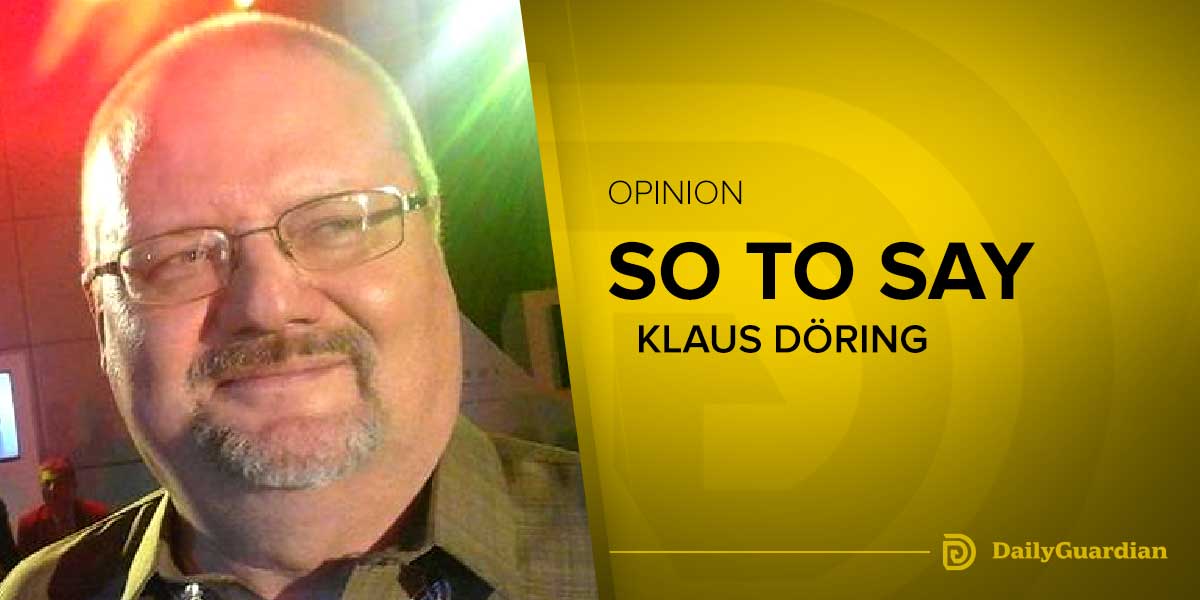By Artchil B. Fernandez
The triumph of Luiz Inácio Lula da Silva over incumbent Brazilian president Jair Bolsonaro in the recently concluded election confirms “pink tide 2.0” in Latin America.
Lula’s victory marks his elevation to Brazil’s top post for the third time. He first served as the country’s president for two terms from 2003 to 2010.
Pink tide 1.0 occurred more than two decades ago when Central and Latin America turned left with the electoral victories of hard-line and moderate left parties.
Hugo Chavez led “pink tide 1.0” when he won as president of Venezuela in 1999. Chavez win was followed by the victories in 2006 of his comrade-in-arms Evo Morales in Bolivia and the return to power of Daniel Ortega and the Sandinistas in Nicaragua. The triumvirate of Chavez-Morales-Ortega represents the face of the hard line left in Central and Latin American politics at that time.
Moderate left parties on the other hand were also scoring electoral wins with the election of Lula and the Workers Party in Brazil in 2003 and their success again in 2006. Lula’s feat closely followed the victory of the Socialist Party in Chile in 2000. Chile’s socialists also gave the country its first female president in 2006 and in that year Peru also swung left when Allan Garcia was elected again as president. In Ecuador, the left turn was signaled by Rafael Correa’s 2007 triumph.
Uruguay and Paraguay also moved toward the left. In 2004, the Broad Front in Uruguay assumed power with the election of Tabare Vazquez to the presidency. Paraguay had an interesting twist when in 2006 it voted Fernando Lugo, a catholic bishop as president. His victory ended the conservative Colorado Party’s 62-year rule in Paraguay. Lugo was expelled by the Stroessner military regime for his outspoken stand on social justice and was in exile for two years. El Salvador on the other hand turned left when the Farabundo Marti para Liberacion Nacional (FMLN) won the 2009 election.
The first pink tide however ebbed after 2010 with the death of Chavez in 2013 and his successor Nicolas Maduro struggling for political survival. In 2015, Lula’s successor Dilma Rousseff was impeached which signaled the drift of the continent to the right. Far-right shift in Latin America was sealed in 2018 with capture of Jair Bolsonaro of the Brazilian presidency. Bolsonaro, dubbed as the “Trump of the Tropics” led the populist and far-right charge in the region.
Bolsonaro’s populist and far-right politics was seriously tested when Covid-19 struck. Bolsonaro’s anti-science stance and down-playing of the health crisis led to the infection of more than 35 million Brazilians of the virus and the death of 688,656 people. He also spread fake news about the pandemic. His toxic and divisive politics plus his gross mismanagement of the Covid-19 pandemic led to the steep plunge of his popularity. Bolsonaro sought re-election this year severely weakened.
Lula, newly freed from prison after the Supreme Court in 2021 dismissed the dubious corruption charges against him challenged Bolsonaro’s re-election bid. Bolsonaro was tailing Lula in the polls but as election neared was catching up. The election ended with Lula ahead with 48.4 percent of the votes followed by Bolsonaro with 43 percent. With no candidate getting a majority vote, both Lula and Bolsonaro headed into a run-off election. The run-off gave Lula a resounding victory, getting 51 percent of the votes against Bolsonaro’s 49 percent.
Bolsonaro’s defeat indicates the tide of populism and far-right politics in Central and Latin America is receding and heralds “pink tide 2.0” in the region. Lula’s return to the presidency is incredible considering that a year ago he was in jail and his Workers Party in recent years was in doldrums.
Prior to Lula’s triumph in Brazil, the left is making significant historic electoral victories. In March 2022 Chile swore-in its youngest president, the 35-year-old Gabriel Boric of the Socialist Party. By June 2022, Colombia voted leftist leader Gustavo Petro, a former guerilla rebel to be its president, a remarkable turn considering the country is among the most conservative in Latin America.
Central and Latin America’s shift to the left began with Andrés Manuel López Obrador’s landslide victory in the Mexican general elections in 2018 and in 2019 Alberto Fernández’ left-leaning coalition of parties defeated incumbent right-wing President Mauricio Macri in Argentina. In Bolivia, Luis Arce of the Movement to Socialism party was elected president in 2020 and Peru’s Pedro Castillo, a teacher and a union leader, won the presidency in June 2021. Leftist politician Xiomara Castro became Honduras’ president in the 2021 November election.
Lula’s victory and “pink tide 2.0” in Central and Latin America show that populism and the far-right can be defeated. If the remarkable and historic performance of the Democrats in the just concluded US midterm elections where they retained their Senate majority and saw the defeat of all Trump-backed candidates in the key swing states of Arizona, Michigan, Nevada, Pennsylvania, and Wisconsin is added, these developments indicate populism is on the defensive and vulnerable.
Pink tide 2.0 and the history-defying success of the Democrats in the US should give the opposition a pause in the Philippines. Populism and the right can be beaten. Opposition in the country should look at how their counterparts in North, Central and South America did it and learn from their experience.
Populism in the Philippines failed to deliver as shown by the epic inability of Du30 to fulfill his campaign promises and the lackluster and pathetic leadership of BBM. The challenge is how to expose the Achilles heel of populism with sharp but resonant messaging, creative political strategy, and above all correct reading of the situation.





















